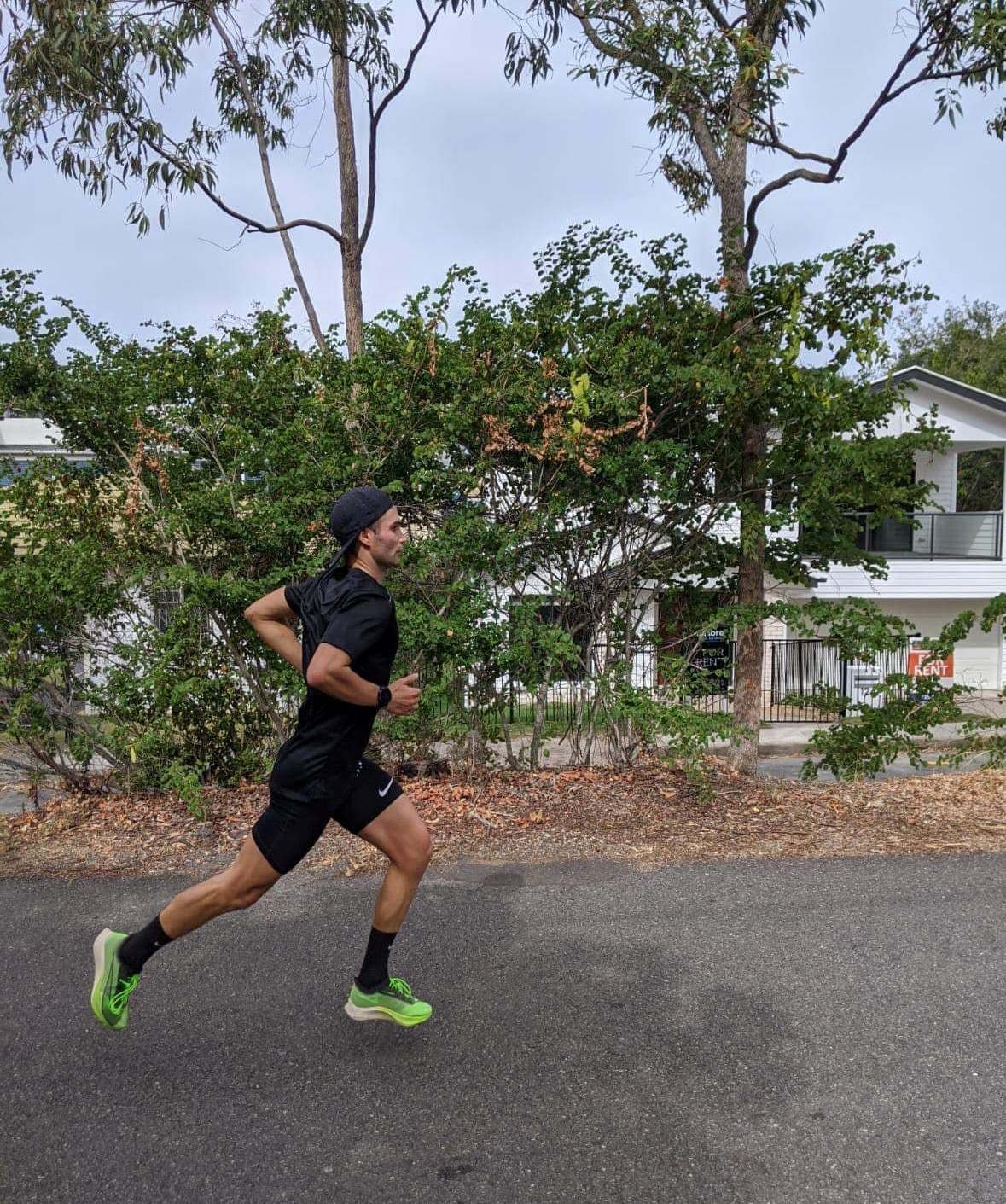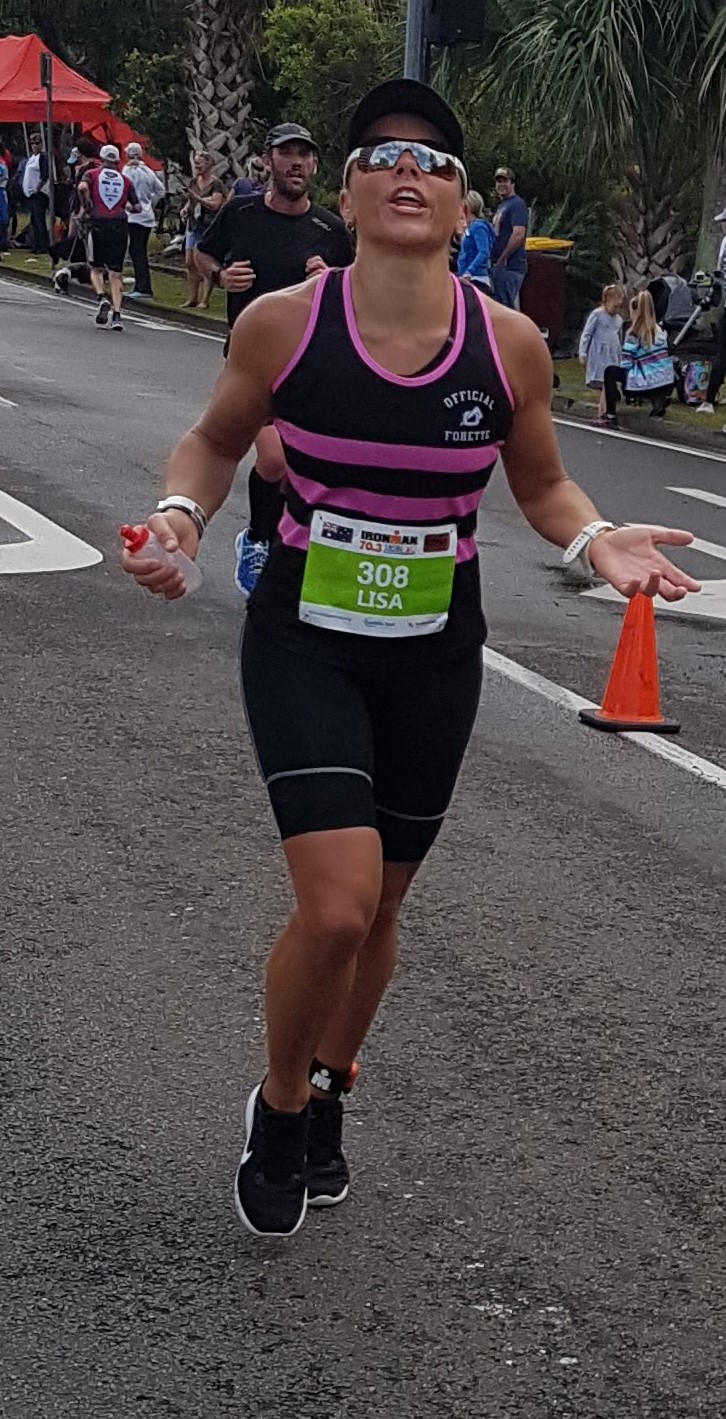As a coach one of the more common “head-butts” I have with my athletes is over running too fast, particularly during the first base building phase of a training program. As an athlete myself, I get it: I’ve done it, and I’ve suffered the consequences multiple times. We’re all impatient to get faster, and the fun part is when you finally feel your legs moving speedily underneath you. But to safely get to this point, there are a few ‘boring’ steps in between that shouldn’t be ignored.
The first step is determining whether speed work would actually benefit your training, which may not always be the case during every phase of the training cycle. To answer this question it’s helpful to first establish what exactly we mean by speed, and which types of running training should be considered speed workouts. Running speed is commonly used to refer to several different concepts: the highest rate at which you move across the ground (maximum speed of movement), your acceleration (how quickly you can accelerate from a stationary position), and also your speed maintenance (i.e. maintaining a high speed and minimising deceleration over some distance). Maximum (max) speed is usually only maintainable for around 8secs, or 30-40m, and is an anaerobic pathway (not dependent on oxygen). Functional threshold run speed is speed maintenance over a 60min hard out race effort, which is reliant on aerobic energy pathways (oxygen dependent).
For most of the athletes I coach, competing in endurance events, threshold run speed is a more useful determinant of running performance than maximum speed. Is there any use then, for endurance athletes to do max speed workouts? Whilst traditionally max speed workouts are programmed for runners training for events of 10k or less, perhaps counterintuitively research supports that they can actually provide benefit for all runners.1 Doing a sprint session such as 4x20m all out with a 90sec recovery can improve power, strength, neuromuscular coordination and running economy.1 During speed running, leg muscles need to contract at a faster rate, and the nervous system learns to control this process more efficiently. Efficiency means less energy usage running at the same speed, which is key to endurance running. Better neuromuscular coordination, where the brain communicates more quickly with the muscles through the nerves, can also lessen the risk of injuries. Furthermore, sprint work encourages increased ‘fast twitch’ muscle fibre recruitment, which can be useful in providing support for fatigued ‘slow twitch’ fibres in the back end of an endurance race. It also increases muscle cross-sectional area, although it is unclear how much this contributes to force production.
Before you rush out and start some high speed intervals it is important to understand the impact and risk of this, and the preparation that your body needs. These types of workouts are highly stressful for both your central nervous system, which is trying to cope with enacting movements at a much faster rate than usual, and your structures, which have increased forces running through them. It therefore takes time to recover from, with some studies suggesting 72hrs for full resolution of the stress.2 This type of training is much more likely to cause injury if you do not at least have a basic level of strength developed (usually in the gym using weights) to prepare your muscles for the high forces that they will be exposed to. In preparation for making movements at speed it is also necessary to rehearse these same movements in a slower fashion. This is usually practiced with run drills as well as strides.
Even as an endurance athlete you are set to gain benefits from max speed work but an important question remains: how often should you be doing this type of work? And what of the more “traditional” speed workouts like 400s, 800s and 1k reps? Research shows that the training adaptations described above can be achieved from as little as three weeks of sprint training, at a frequency starting at once a week and no more than three times per week.3 However, this type of session is best done after a rest day, and with significant time to recover following, which makes it incredibly difficult to fit in the context of a triathlon program. The most likely placement would be during a recovery week as some of the only intensity sessions, though this would undershoot the frequency slightly in the case of a customary 3-4 week training cycle. This may be an argument for max speed work being scheduled during base 3, where some foundation strength and aerobic fitness have already developed, and overall the programming has less intensity, leaving more room for recovery.
Some research also supports the idea that the more traditional ‘speed’ workouts in triathlon today only need to be conducted in the last 4-8 weeks prior to a key race, in a frequency of once to twice a week.4 This is an interesting finding which challenges the majority of triathlon and running training programs that schedule weekly ‘speed’ sessions. Of course there is an argument to be made for providing stimulus for the development of all systems during each training phase; however, in the real world, this should be weighed against the increased risks of faster running (especially injuries which can be season ending). The overarching message seems to be that our “need for speed” in training may be a lot less than we think. Undoubtedly there should be a measured and well-planned approach to including both traditional speed intervals, or high speed, sprint workouts, to gain the adaptation benefits whilst mitigating the risks.
1. Ross A, Leveritt M. Long-term metabolic and skeletal muscle adaptations to short-sprint training: implications for sprint training and tapering. Sports Med. 2001;31(15):1063-1082. doi:10.2165/00007256-200131150-00003
2. Thomas K, Brownstein CG, Dent J, Parker P, Goodall S, Howatson G. Neuromuscular Fatigue and Recovery after Heavy Resistance, Jump, and Sprint Training. Med Sci Sports Exerc. 2018;50(12):2526-2535. doi:10.1249/MSS.0000000000001733
3. Koral J, Oranchuk DJ, Herrera R, Millet GY. Six Sessions of Sprint Interval Training Improves Running Performance in Trained Athletes. J Strength Cond Res. 2018;32(3):617-623. doi:10.1519/JSC.0000000000002286
4. Litleskare S, Enoksen E, Sandvei M, et al. Sprint Interval Running and Continuous Running Produce Training Specific Adaptations, Despite a Similar Improvement of Aerobic Endurance Capacity-A Randomized Trial of Healthy Adults. Int J Environ Res Public Health. 2020;17(11):3865. Published 2020 May 29. doi:10.3390/ijerph17113865


